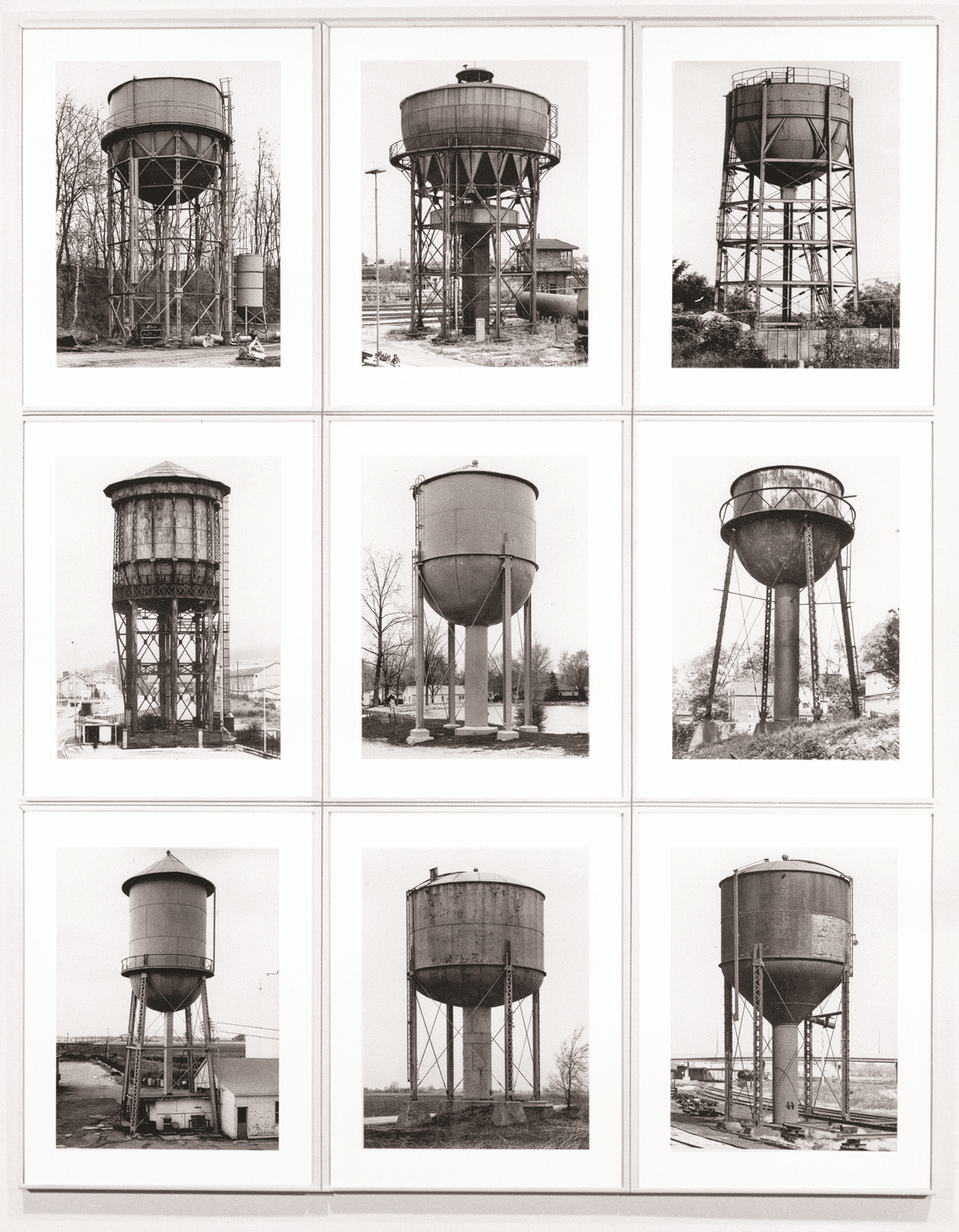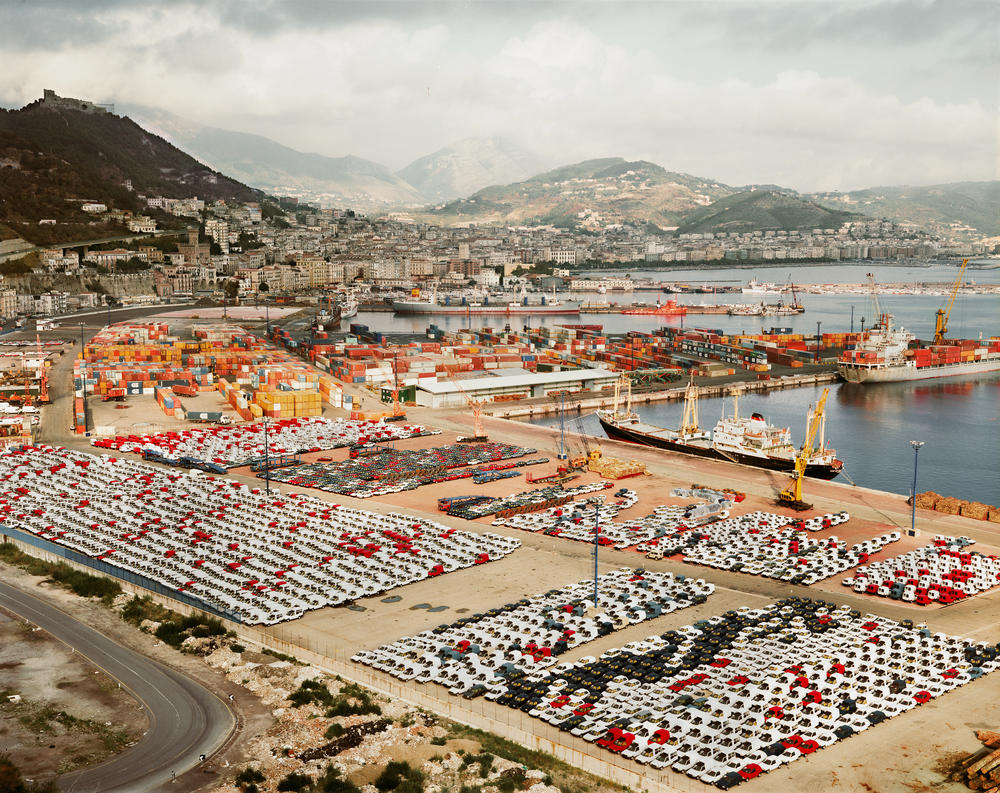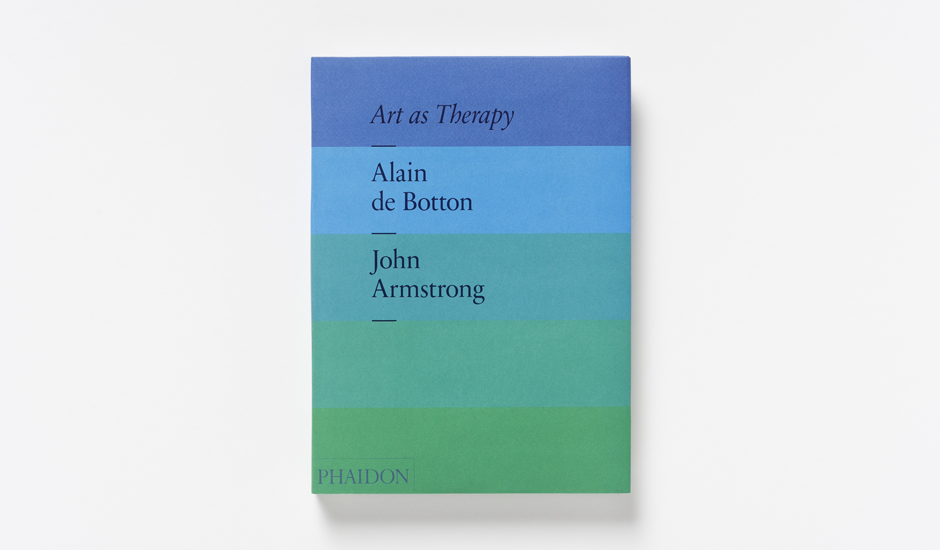
Alain de Botton on how to find happiness in unlikely places
On International Day of Happiness 2018, the philosopher says we can find beauty in the lowliest places
If beauty is, as the French writer Stendhal once put it, “nothing other than the promise of happiness,” shouldn’t we all surround ourselves with beautiful things, and wait for happiness to come our way?
Not really, says the Swiss-born author Alain de Botton. In his book, Art as Therapy, Alain argues against striving for a traditional sort of artistically sanctioned beauty, because it can actually make us unhappy. Sag advice for International Happiness Day.
“A particular type of unhappiness results when we devalue our circumstances because they are not those we recognise from art,” he writs in his book Art as Therapy, co-authored with fellow philosopher John Armstrong.
“In 1844, the American writer Ralph Waldo Emerson published an essay called ‘The Poet’, in which he complained about the traditional tendency, in poetry and painting, to find beauty mainly in rural landscapes and unspoilt, tranquil nature,” writes de Botton. “As the Industrial Revolution took hold, Emerson lamented the attitude of nostalgic poets who turned away from the increasingly common sight of railways, factories, canals, warehouses and cranes in disgust and saw them merely as visual intrusions that spoil the world.”
De Botton argues that instead of glumly contemplating our surroundings we should follow the lead of pioneers such as the Düsseldorf School photographers Bernd and Hilla Becher and Andreas Gursky, who find beauty in less traditional settings.

“The Bechers devoted their creative energies to producing beautiful, spare images of bits of the industrial landscape no one had previously paid much attention to,” writes de Botton. “The titles of their books capture their incongruously technical interests: Water Towers, Blast Furnaces, Pennsylvania Coal Mine Tipples, Gas Tanks, Industrial Facades, Mineheads, Industrial Landscapes, Basic Forms of Industrial Buildings, Cooling Towers and Grain Elevators.”
De Botton also alights on Gursky’s 1990 photograph of the port of Salerno, currently un display at the Hayward Gallery, to make his point.
“We are so negligent of such places that it is surprising just to encounter a photograph of a port in an art gallery,” de Botton writes. “We rarely wonder where goods have come from, or how they arrived in our lives – unless, occasionally, a small-print reference to the town of Shenzhen in the province of Guangdong on a packet of mints, or a ‘Made in Ecuador’ label on a new pair of socks, suggests a history more intriguing, grander and more mysterious than hitherto suspected.”
A photo of working dockyard isn’t the kind of thing you’d commonly set as your home screen, or stick on your wall, yet de Botton, with a little help from the great German photographer, shows us how we can find both beauty and happiness in these views.

For more artful advice suited to happy days and helping fix the unhappy ones, order a copy of Art as Therapy here.